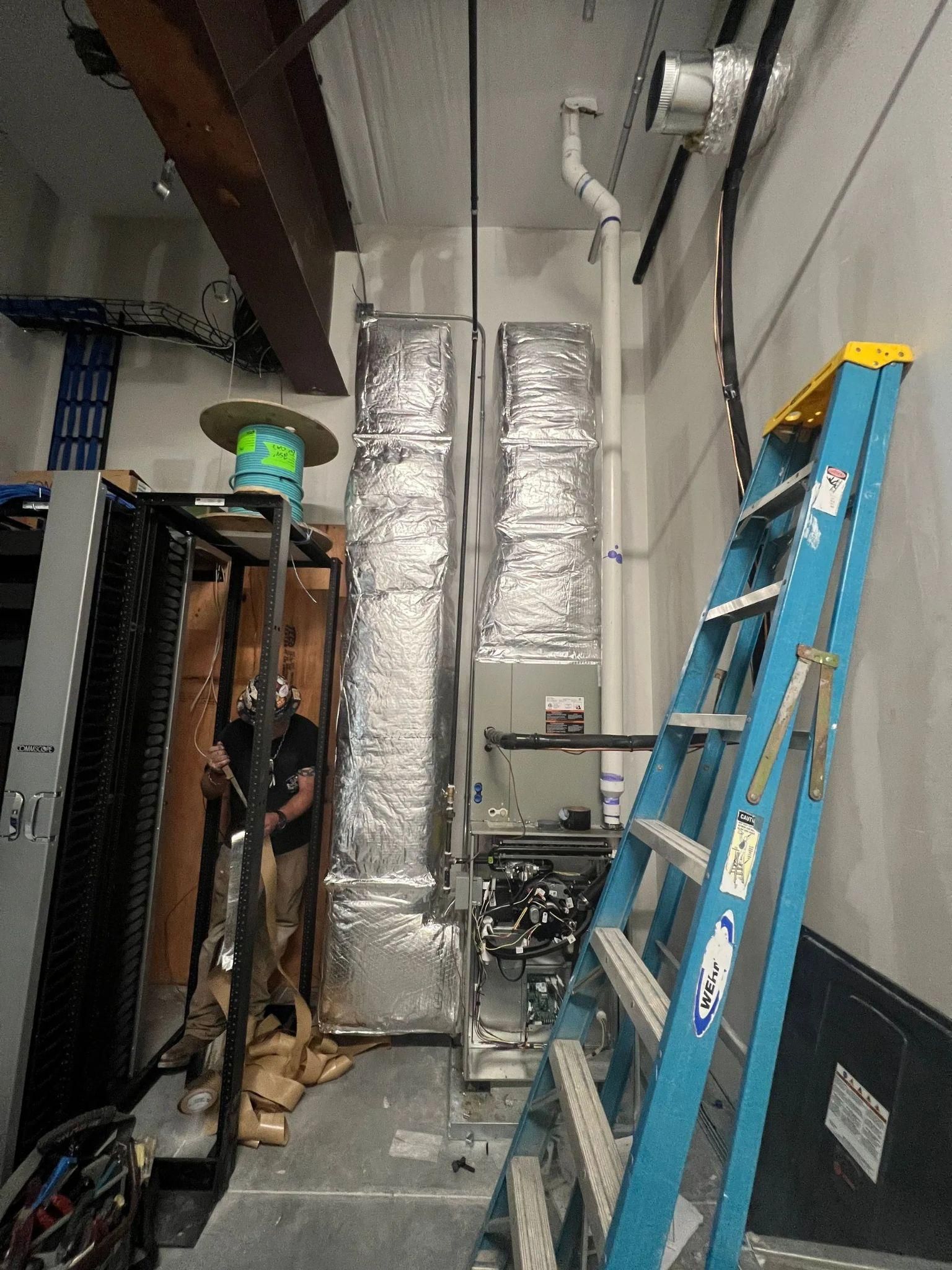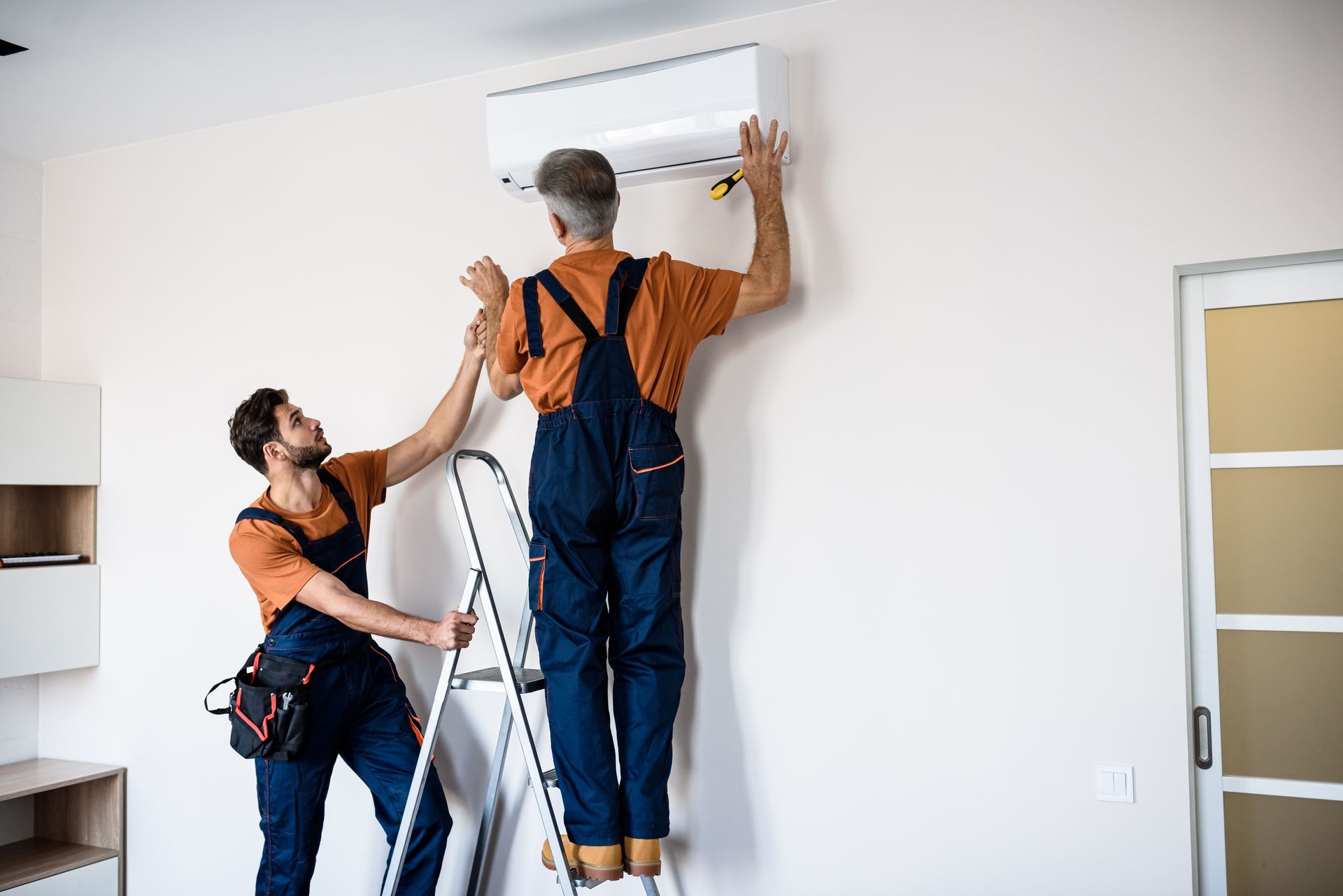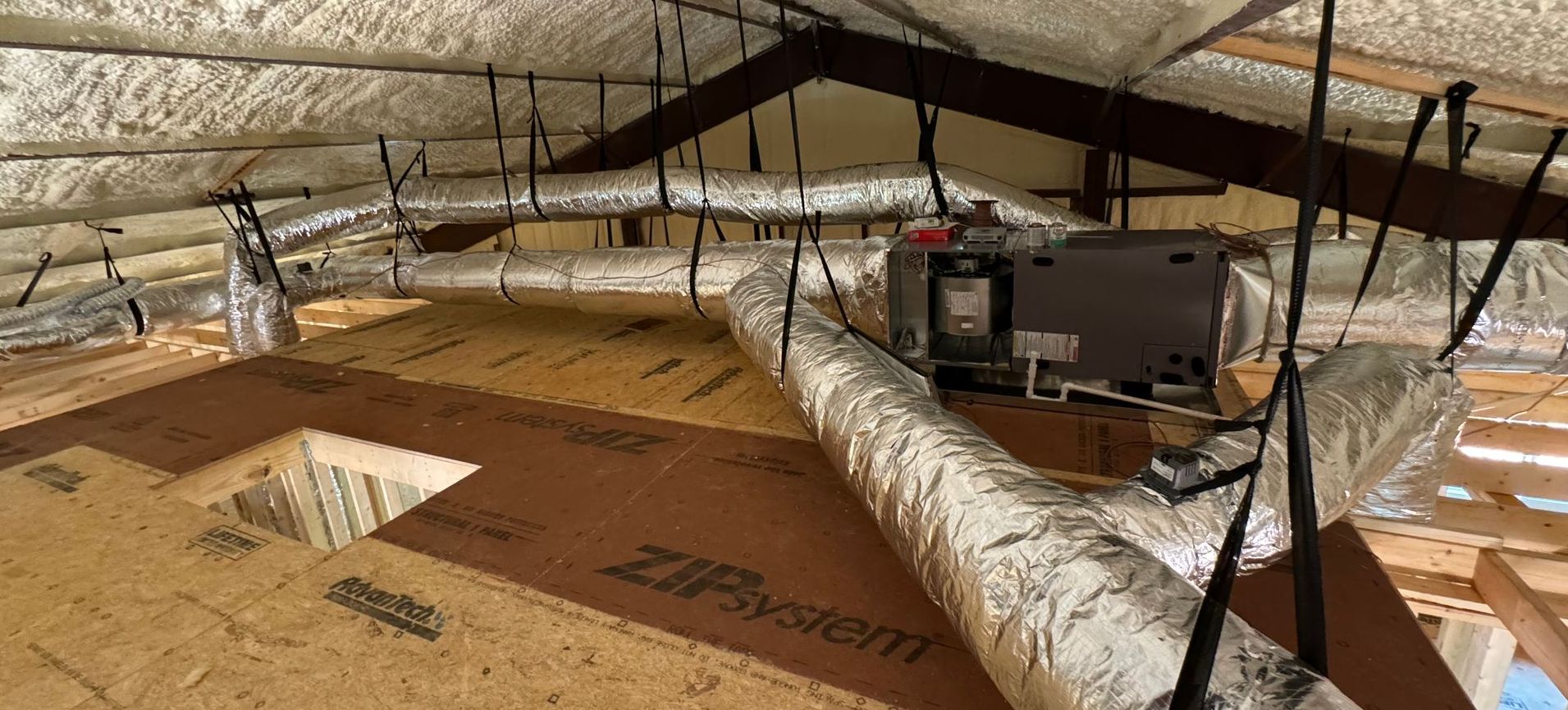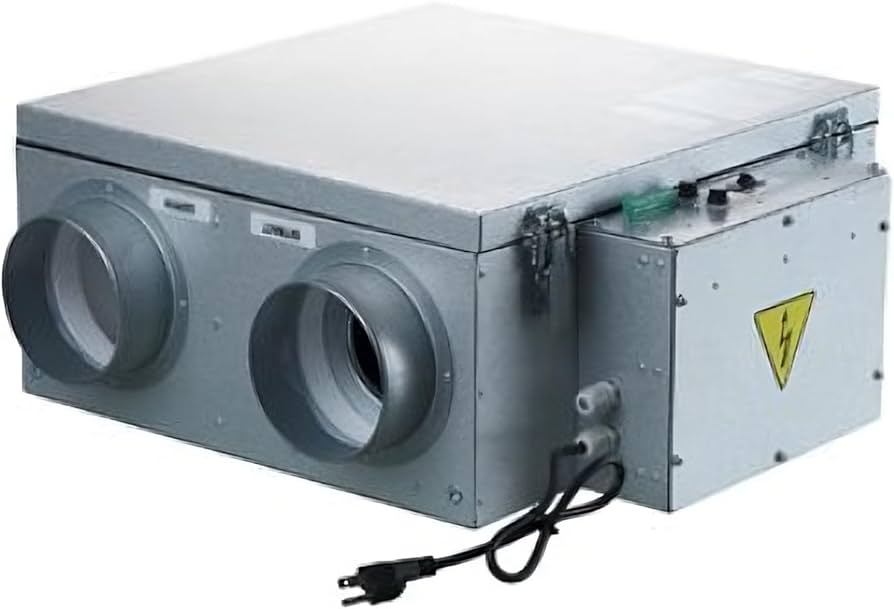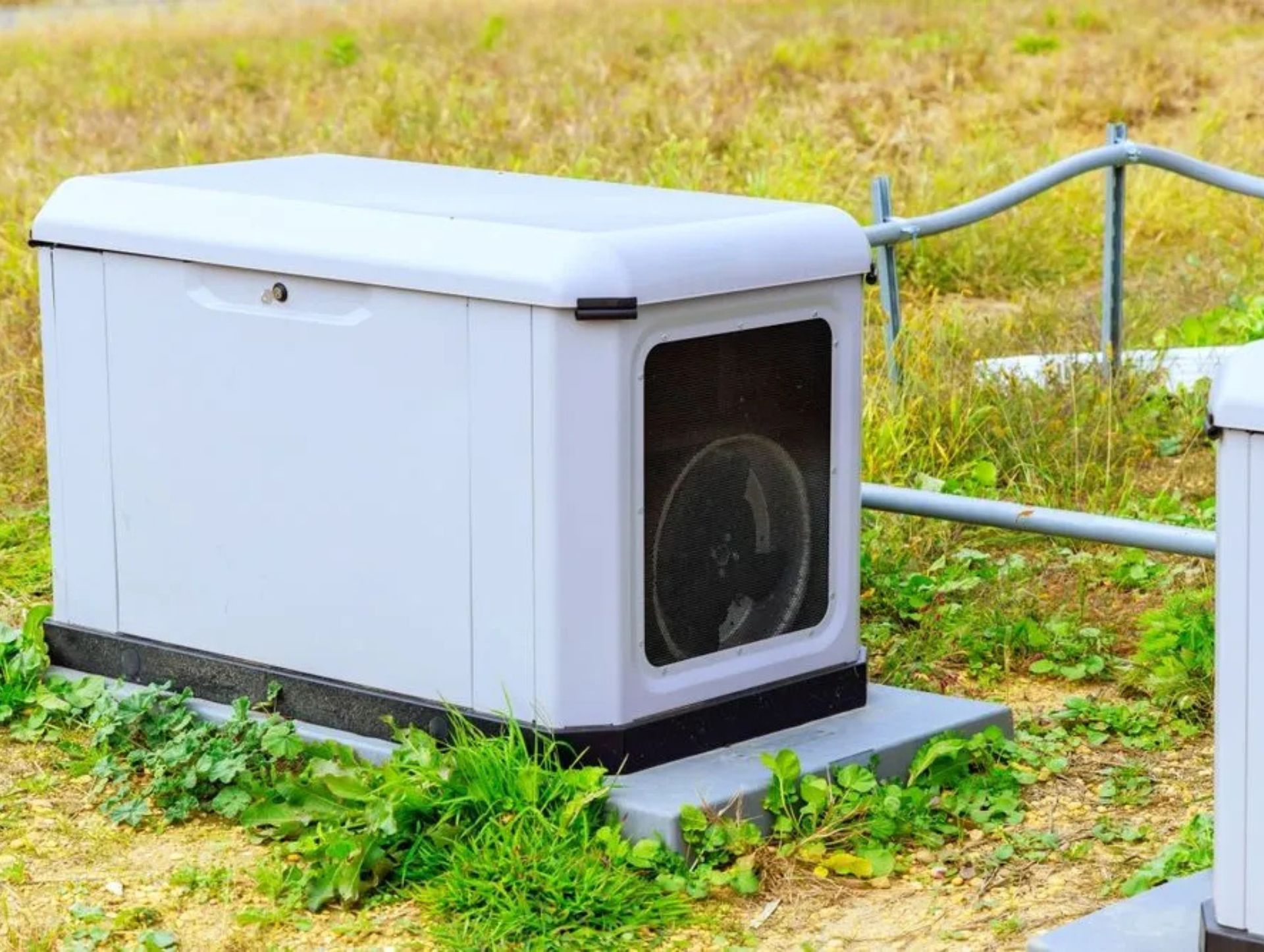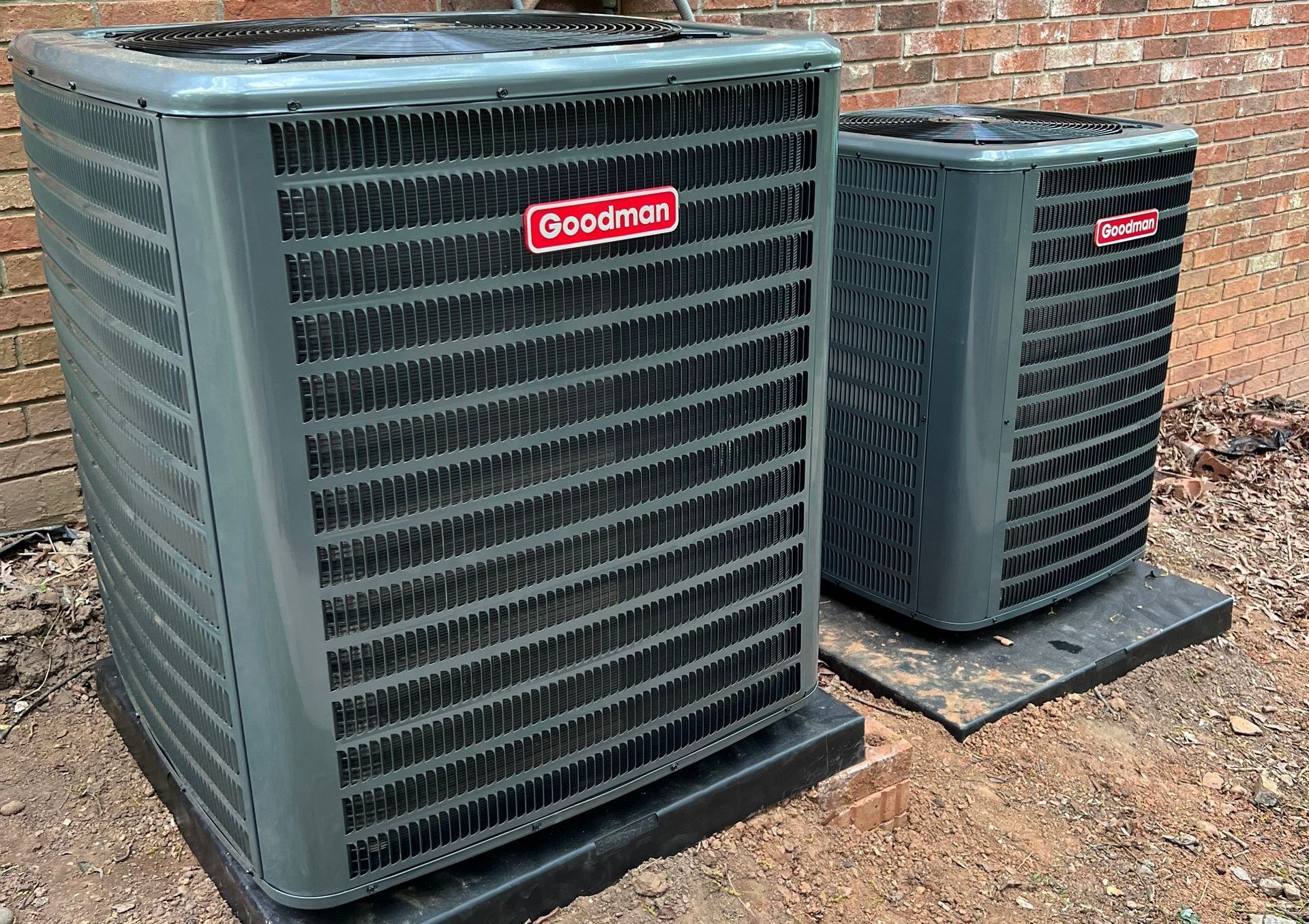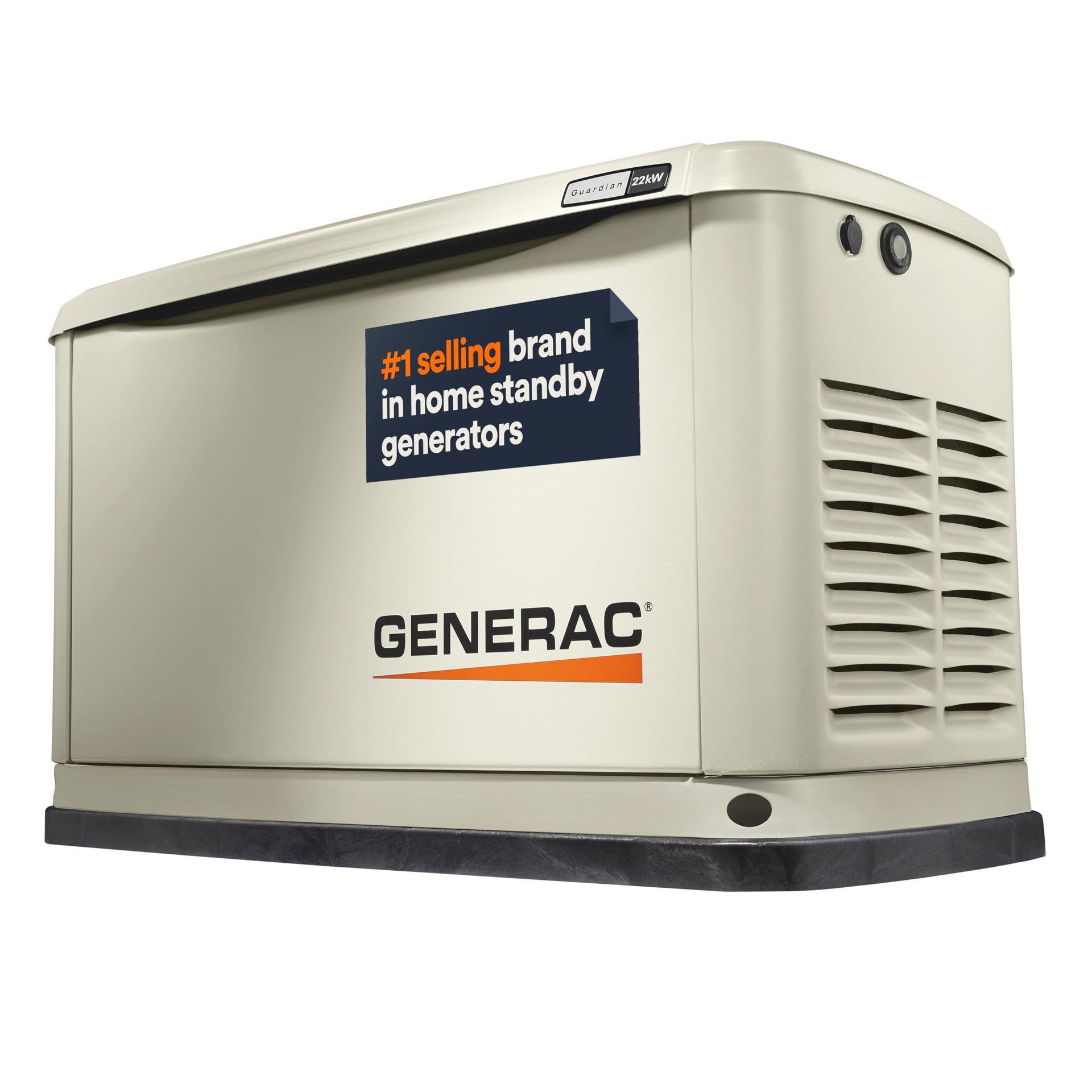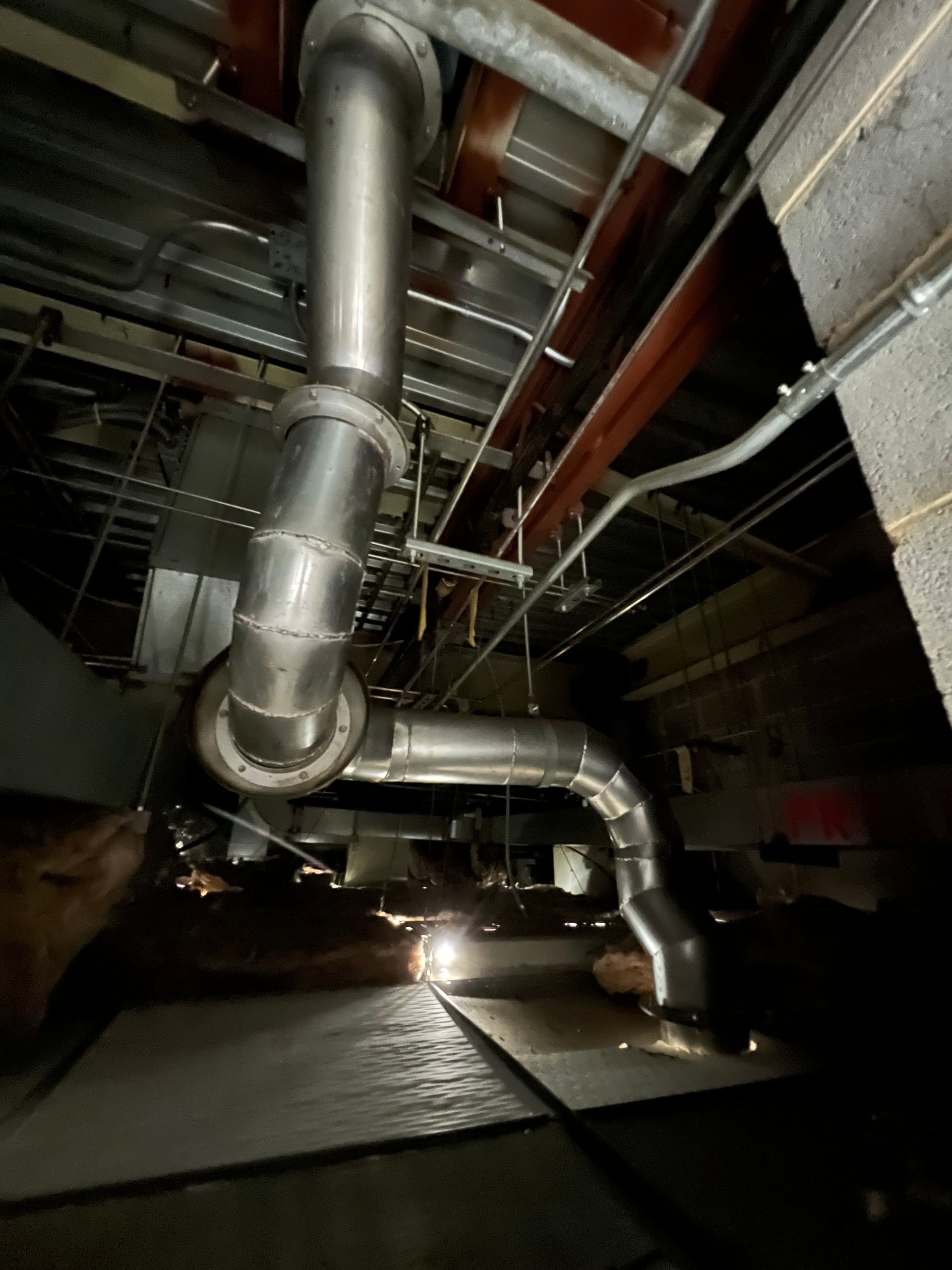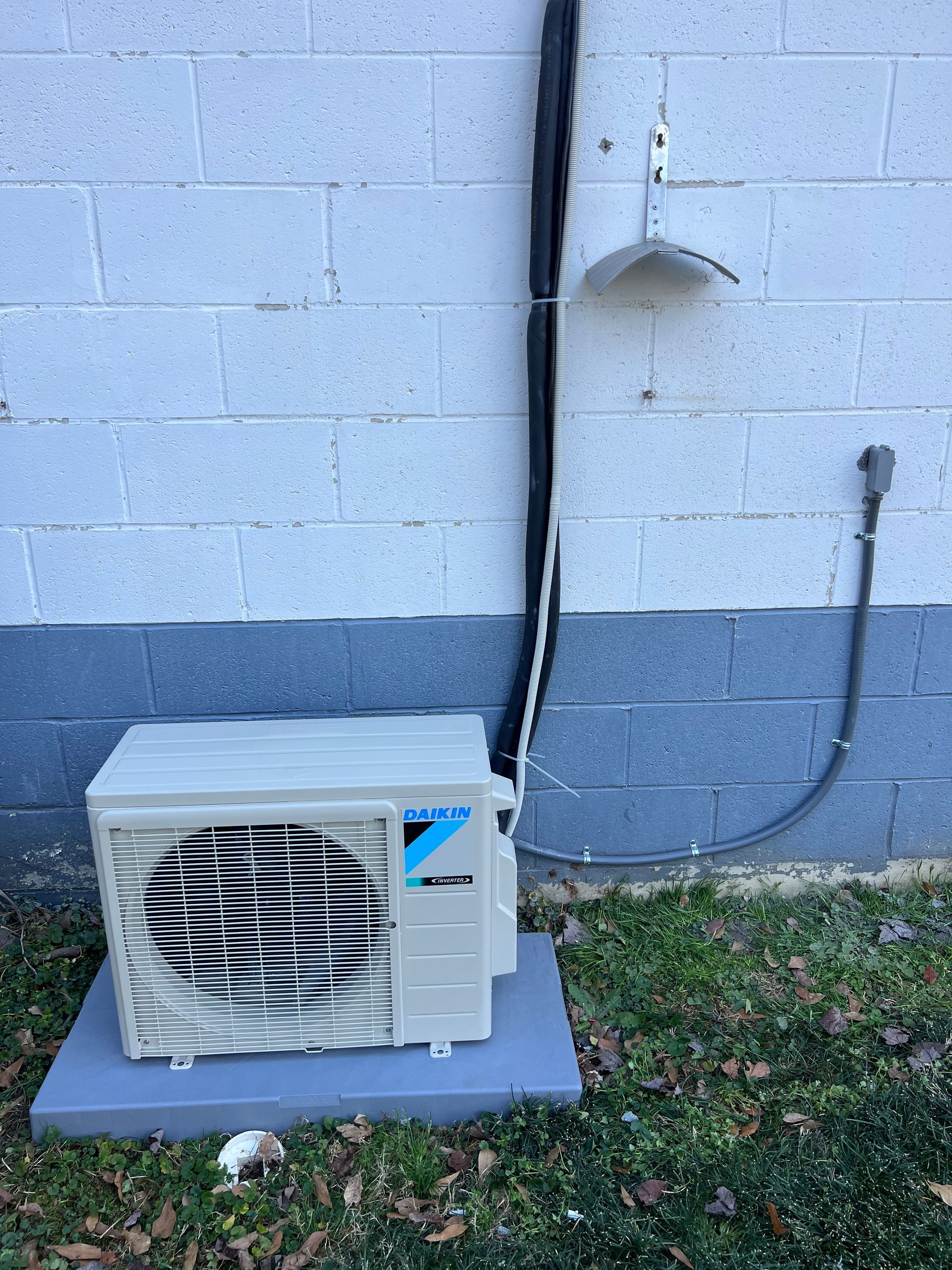Ductwork Renovations vs. Replacement: Which Saves More Energy?
If your energy bills are high and your home still feels uncomfortable, your ductwork might be the reason. Leaky or damaged ducts can let a lot of heated or cooled air escape. That means your HVAC system works harder and costs you more. But should you fix your ducts or replace them completely?
In this post, we’ll explain what ductwork renovation and replacement really mean. We’ll help you figure out which one saves more energy, what signs to look for, and how to decide what’s right for your home.
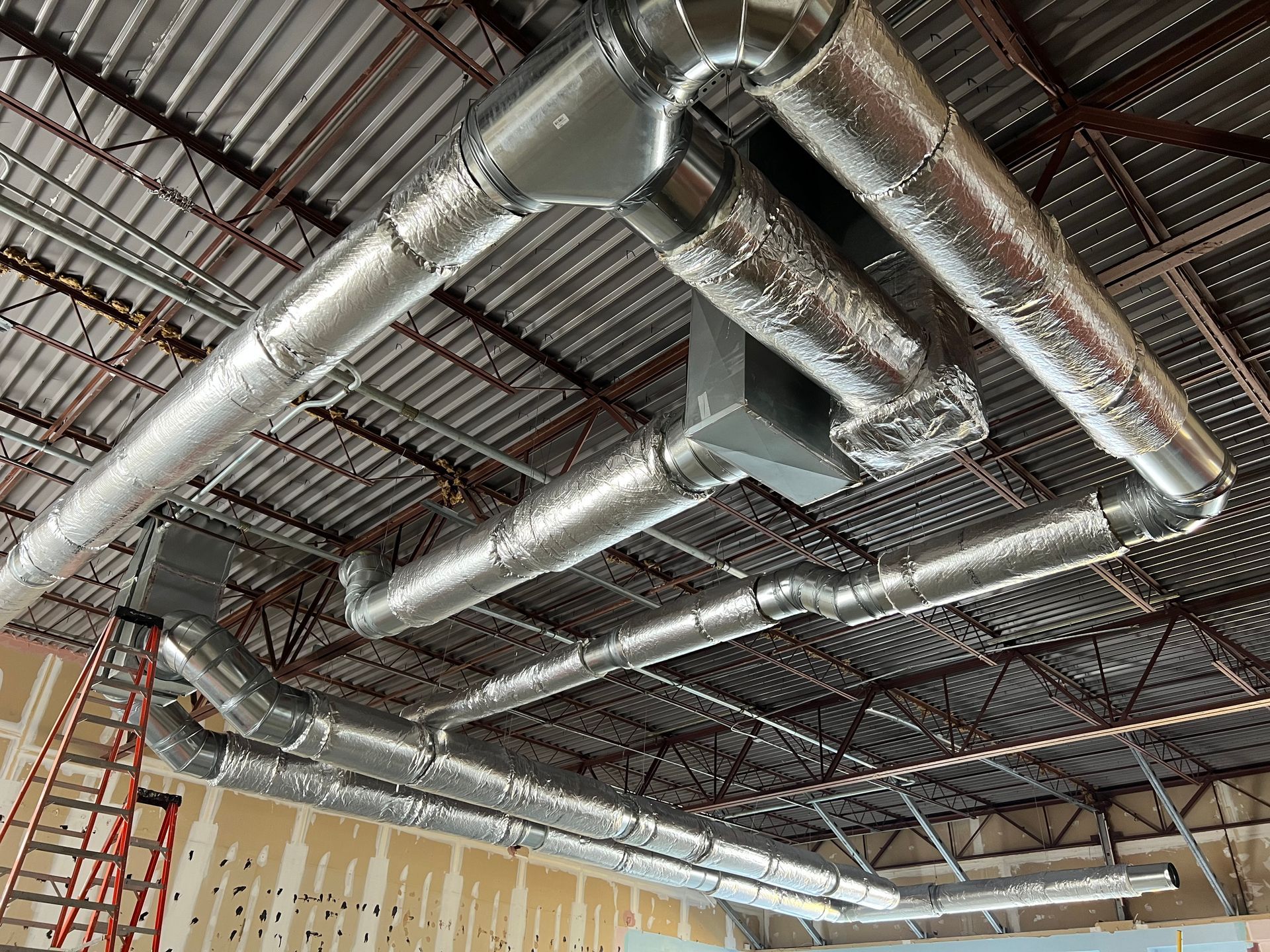
What Is Ductwork Renovation?
Ductwork renovation means improving the ducts you already have. It usually includes:
- Sealing small leaks
- Adding insulation
- Fixing airflow issues
Renovating is a good option if your ducts are in decent shape. It costs less, takes less time, and can still improve your HVAC system’s performance.
What Is Ductwork Replacement?
Ductwork replacement means taking out the old duct system and putting in a new one. You might need this if:
- Your ducts are more than 20 years old
- The layout doesn’t match your home
- There’s mold, rust, or major damage
Replacement is a larger investment, but it gives you a cleaner, better-performing system that may cut energy use significantly.
Signs Your Ductwork May Need Attention
Watch for these warning signs:
- High utility bills
- Rooms that are too hot or too cold
- Whistling sounds or weak airflow
- Dusty air or allergy problems
- Visible damage, rust, or sagging ducts
- The HVAC system runs longer than usual
If you see these issues, schedule a duct inspection right away. Fixing the problem early helps avoid bigger repairs later.
How Much Energy Can You Save?
The U.S. ENERGY STAR program says that typical homes lose 20% to 30% of air through leaks and gaps in ducts. That’s wasted energy and money. Sealing and insulating ducts can fix a lot of this.
Replacing old ductwork can improve energy efficiency by up to 40%. Either way, improving your ducts helps your HVAC system do its job better, with less energy waste.
Renovation vs. Replacement: Cost Comparison
Here’s a simple breakdown:
| Feature | Renovation | Last Name |
|---|---|---|
| Average Cost | $1,000–$3,000 | Evans |
| Time | 1–2 days | Fernandez |
| Disruption | Low | Gates |
| Energy Savings | Medium | Hill |
| Best For | Small leaks, newer ducts | Major damage, old ducts |
Renovation works well for minor issues. Replacement is best for aging or damaged systems.
Which Option Is Best for Energy Efficiency?
If your ducts are fairly new and only need minor fixes, duct renovation is the smart move. It helps seal leaks and boosts performance without a full replacement.
But if your ducts are outdated or damaged, a full replacement gives better airflow, cleaner air, and longer-term savings.
Replacement also gives you the chance to upgrade materials to better-insulated or more durable options.
How to Decide What’s Right for Your Home
Here’s how to make a smart choice:
- Ask a licensed HVAC contractor to inspect your duct system
- Request a pressure test or thermal scan to find leaks
- Think about how old your system is and how long you’ll stay in your home
- Compare long-term energy savings and upfront costs
Consider your local climate, too—poorly insulated ducts can waste more energy in very hot or cold areas.
Pro tip: Renovation is cheaper up front, but replacement may save more over time.
The Role of Insulation and Duct Sealing
Even if your ducts are in decent shape, poor insulation or bad sealing can waste a lot of energy. Here’s how sealing and insulation help:
- Keep warm or cool air from escaping before it reaches your rooms
- Help your HVAC system work less and save energy
- Reduce noise from the duct system
- Make your home more comfortable year-round
Look for ducts in attics, crawl spaces, or garages—these areas often benefit most from added insulation.
The Importance of Proper Duct Sizing and Layout
Older homes often have duct systems that are too small or too large. A poorly sized system makes it hard for air to flow properly. Here’s why good duct design matters:
- Correct sizing makes sure each room gets the right amount of air
- A balanced layout helps your system run efficiently
- It prevents your HVAC system from overworking
- It leads to better energy savings and even room temperatures
Frequently Asked Questions
Can sealing my ducts really save energy?
Yes. Sealing leaks can reduce energy loss and make your HVAC system run more efficiently
How long does ductwork usually last?
How long does ductwork usually last?
Most duct systems last 20 to 25 years. After that, they start to lose performance and may need to be replaced.
Is duct replacement messy or loud?
It can be, but a good contractor keeps things clean and safe. Most of the mess is cleaned up by the end of the job.
What kind of new ducts are best?
Sheet metal ducts are very durable. Flex ducts are easier to install. The best choice depends on your home.
Can I just fix part of the duct system?
Yes, but fixing one part may not solve the full problem. It’s better to test the entire system.
Will this help improve my air quality?
Yes. Clean and sealed ducts help reduce dust, mold, and allergens in your home.
Call Arrow HVAC Before You Decide
Choosing between ductwork renovation and replacement depends on your home, your budget, and your energy goals. Both options can help lower bills and make your HVAC system work better.
The team at Arrow HVAC can inspect your duct system and help you find the best solution. Contact Us today to schedule a visit or get a free quote.
